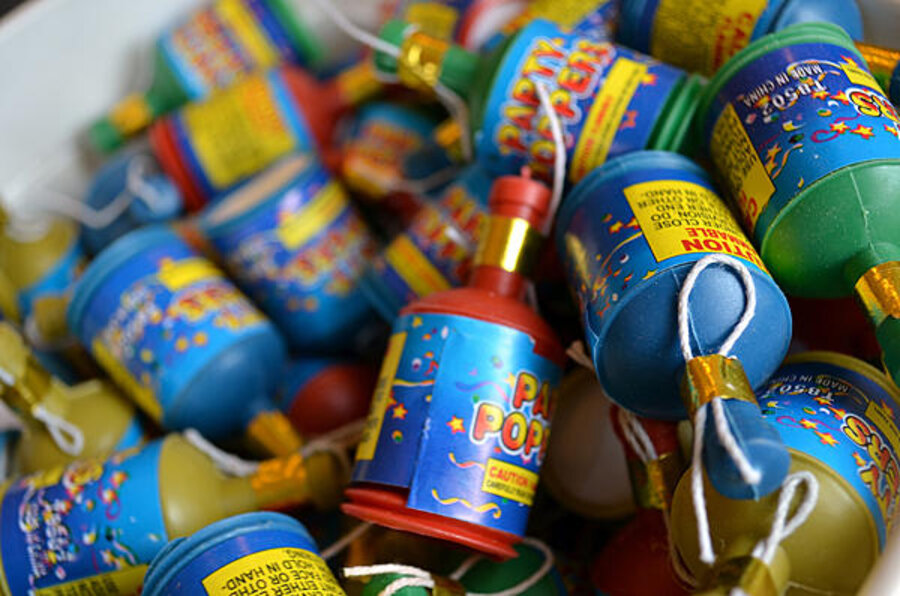With July 4, more – but safer – consumer fireworks
Loading...
| Manchester, Maine
When Pyro City opened its doors in March, it became the state's first retail fireworks store.
Over-the-counter fireworks were illegal in Maine until this year. But now that he's had a taste, Paul Vachon has returned for his second trip.
"I'm looking for something that's colorful but not too loud," he says. "I don't want to worry the neighbors. But I'll be back before July 4. That's when I can go all out."
Fireworks sales have more than doubled in the United States since 1998, according to the American Pyrotechnics Association. Julie Heckman, director of the trade group, attributes the recent gains to a near-nationwide easing of regulations.
Since 2010, Arizona and Rhode Island have legalized consumer fireworks. Kentucky, Maine, Michigan, New Hampshire, and Utah have expanded what may be purchased without a permit. By relaxing their laws, states stand to gain $500,000 to $1 million a year in tax revenues, according to Ms. Heckman.
At this point, only four states ban all consumer fireworks: Delaware, Massachusetts, New Jersey, and New York.
As the industry has grown, it's enjoyed an unexpected countertrend. "Usually, the more a consumer product is used, you just assume that the injuries are going to go up; but with fireworks, it is just the opposite," says Heckman. "We've had a drastic decline in injury."
That statistic is mostly true. The federal Consumer Product Safety Commission (CPSC) estimates that fireworks-related injuries oscillate between 7,000 and 12,000 incidents a year. The spread has remained consistent since 1976.
While the rate of injury has stayed the same for more than three decades, Americans now set off seven times more fireworks. Nearly all US fireworks come from China, and for every 100,000 pounds imported in 1976, roughly 38 people were injured. In 2010, the same amount of fireworks hurt only four people.
Some credit goes to improved screening. In the late 1980s, the CPSC reported that more than half of the Chinese fireworks tested failed to meet federal standards. A not-for-profit lab now screens millions of imported cases. Failure rates are now 6 percent.
Heckman argues that, in some ways, legalizing fireworks is one of the best things a state can do for safety. Once fireworks are legal, scofflaws no longer need to hide their activities, she says. Parents can keep a closer eye on kids and ignite fireworks in safe places.
"In the areas where fireworks are permitted, people tend to use them appropriately," she says. "They take the time to plan their activity. They make sure that they read the instructions before use."
Those safety messages are everywhere inside Pyro City. Each box of fireworks comes plastered in warning labels. After every sale, a cashier hands the customer a pamphlet of safety tips. And the store's owner, Steve Marson, says that he runs safety demonstrations with town fire departments.
"Even legal fireworks, unfortunately, can cause burns and injuries," says Nikki Fleming, a spokeswoman for the CPSC.
In fact, sparklers, which many would assume are the safest fireworks, actually cause the most injuries each year.
The problem? Parents hand them to kids. More than half of sparkler accidents hurt children under the age of 15, according to the CPSC.
"Families may have felt safer, thinking that [a sparkler] was a smaller device," says Ms. Fleming. "Sparklers burn at 2,000 degrees [F.], as hot as a blowtorch. Keep that in mind when handing them to your child."
For more on how technology intersects daily life, follow Chris on Twitter @venturenaut.







